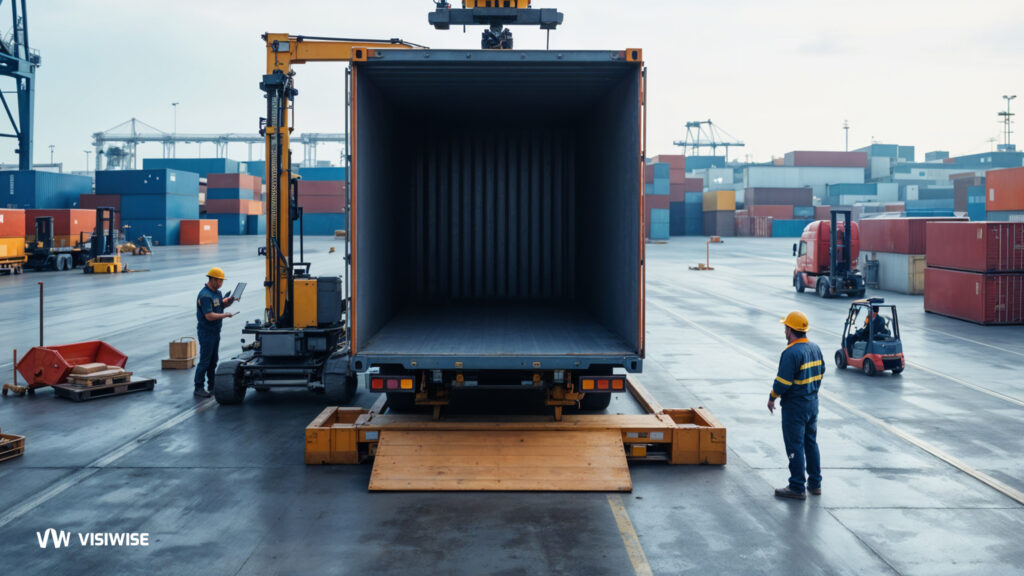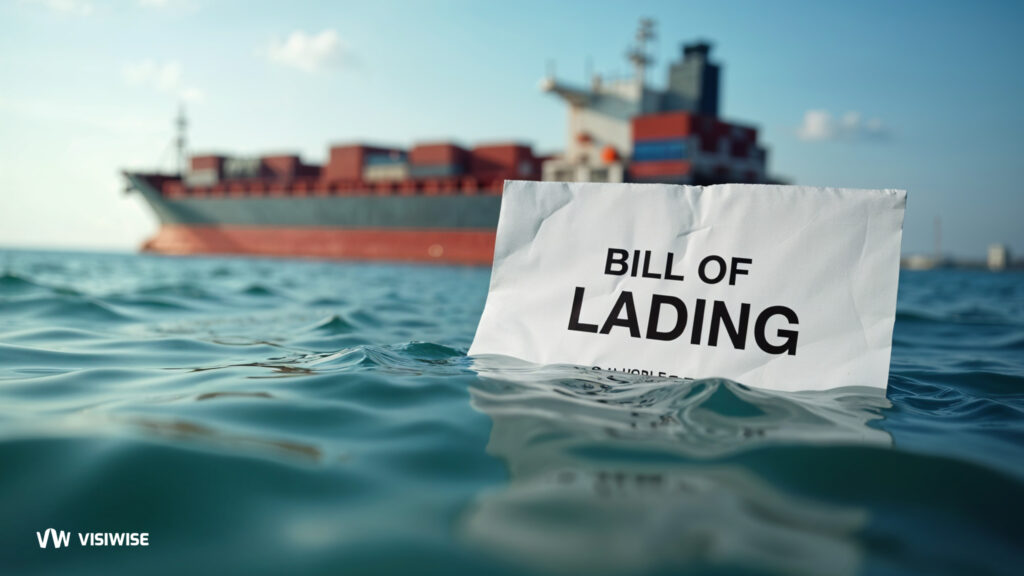The “5 Days Before” Rule: Stop Demurrage Before the Ship Docks
The Ultimate 2025 Guide to Per Diem, Detention, Demurrage & Storage Charges in Container Shipping
Demurrage and per diem are two of the most confusing—yet costly—charges in container shipping. While both relate to time limits on using containers, they apply at different stages of the logistics process. In this guide, we break down what each fee means, how they’re calculated, and the best strategies to avoid unexpected charges and keep shipping costs under control.
What Technology is Being Used to Track Packages?
In this article, we explore the latest trends and cutting-edge technologies shaping the future of package tracking, providing an overview of the primary tools in use, their advantages, and their applications in real-world scenarios
How Does USPS Tracking Work? A Complete Guide
In this guide, we’ll break down how USPS tracking operates, exploring its essential features, benefits, and practical tips to make the most of it
How Many Numbers Are in a USPS Tracking Number?
Understanding how many digits are in a USPS tracking number, the common formats, and how to verify its validity can help ensure smooth package tracking.
What Does Moving Through Network Mean? Understand Shipping and Delivery Status
In this article, we’ll explore what moving through the network truly means, its significance in the shipping process, and how it affects the tracking and delivery of your packages.
Tare Weight Explained: What It Is and Why It Matters in Shipping
The tare weight, net weight, and gross weight of cargo play a crucial role in ensuring that your shipment is transported legally, accurately billed, and safely delivered to its destination. Understanding and calculating these different weight categories can lead to significant cost savings and help prevent potential issues
What is FOB?
FOB, or Free on Board, is a trade term used in shipping that outlines when the ownership of goods transfers from seller to buyer. In “FOB shipping point,” the buyer assumes responsibility once goods are shipped, while in “FOB destination,” the seller maintains liability until goods reach the buyer. This impacts who pays for shipping and insurance, as well as when the risk of loss transfers. It’s a key factor in international trade and logistics.
Bill of Lading vs. Waybill: A Detailed Comparison
Documentation serves as the backbone of the intricate web of global trade and logistics, ensuring the smooth flow of goods from one point to another. The Bill of Lading and the Waybill are essential documents in this realm. Understanding the disparities between these documents is critical for anyone involved in shipping and logistics operations, as both documents serve different purposes and carry distinct legal implications.
What Happens If I Lose My Bill of Lading?
A Bill of Lading (BoL) is one of the most important documents in international trade, acting as a receipt of goods, a contract between the shipper and carrier, and a document of title. Losing this document can have serious consequences, particularly for the buyer or seller, depending on the stage of the transaction. Without the original BoL, the release of goods can be delayed or halted, and the process to resolve the issue can be complex.
Bill of Lading Fraud: A Growing Concern in Global Trade
Bill of lading fraud occurs when deceitful acts are committed to manipulate the details of the document for financial gain or to misrepresent the true nature of the shipment.









